
PERTH AMBOY, N.J. — NJ Transit marked groundbreaking for the next phase of the new Raritan River Bridge — construction of a new center span — with ceremonies today featuring Gov. Phil Murphy and other officials.
The new lift bridge to accommodate marine traffic will replace the current 117-year-old swing bridge on the structure connecting Perth Amboy and South Amboy on the commuter operator’s North Jersey Coast Line. The bridge sustained significant damage during 2012’s Hurricane Sandy, including pushing the bridge deck out of alignment because of ocean surges and the impact of wave-borne debris against bridge girders. The damage led to a three-week period in which no train service or marine operations were possible until repairs could be completed.
“Breaking ground on the lift span of the new Raritan River Bridge brings us another step closer to a more modern and resilient transportation network,” NJ Transit CEO Kris Kolluri said in a press release. “This significant investment is a testament to our broader strategy and commitment to modernize all of our aging infrastructure that ensures continued reliability and connectivity for our customers.”
Skanska Koch Inc. of Carteret, N.J., was awarded a $444.4 million contract for construction of the lift bridge, flanking spans, and associated infrastructure including signals and catenary wires [see “NJ Transit awards contract …,” Trains News Wire, Dec. 11, 2024]. Approach spans, being built under a separate contract awarded in 2020, are nearly complete.
“By breaking ground on the next phase of the Raritan River Bridge,” Murphy said, “we are one step closer to improving reliability and allowing trains to cross the river at much faster speeds — reducing travel time so commuters can get home in time for dinner or to help their kids with homework after school. Resilient and reliable transportation along the North Jersey Coast Line will keep us on track toward a bright economic future and I am grateful to everyone who helped us reach this milestone.”






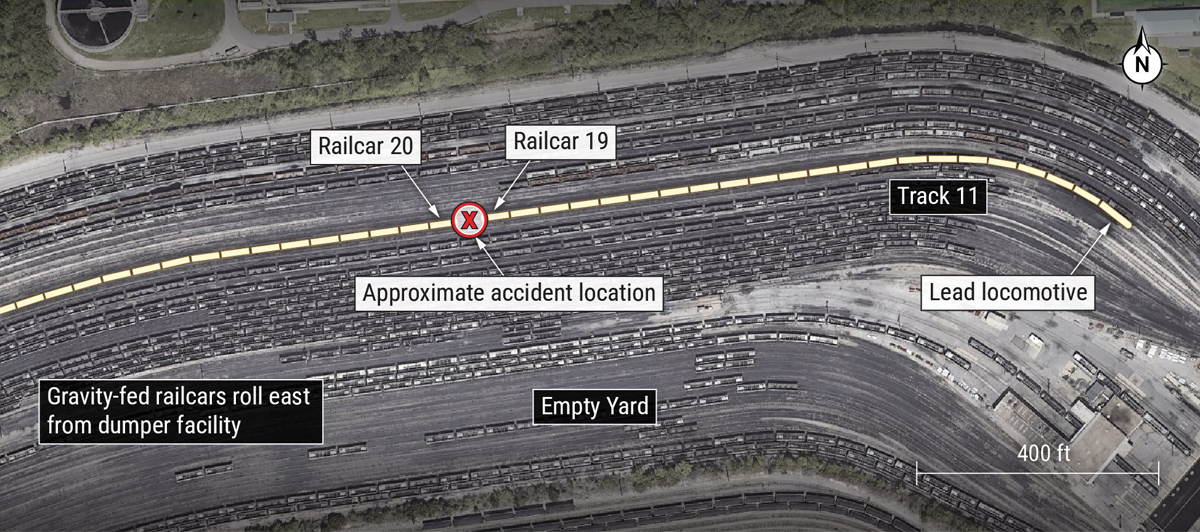
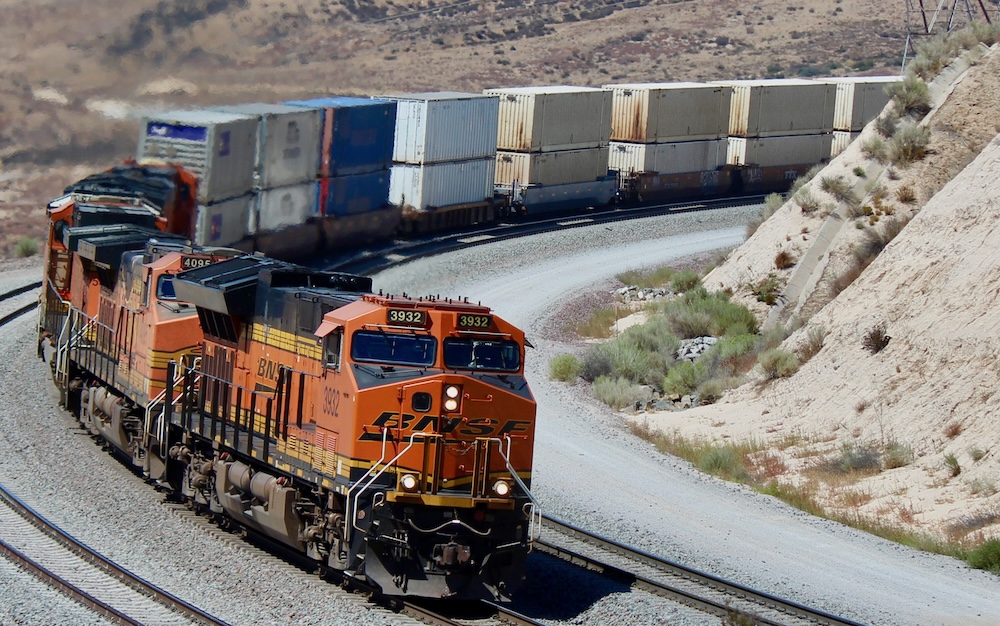
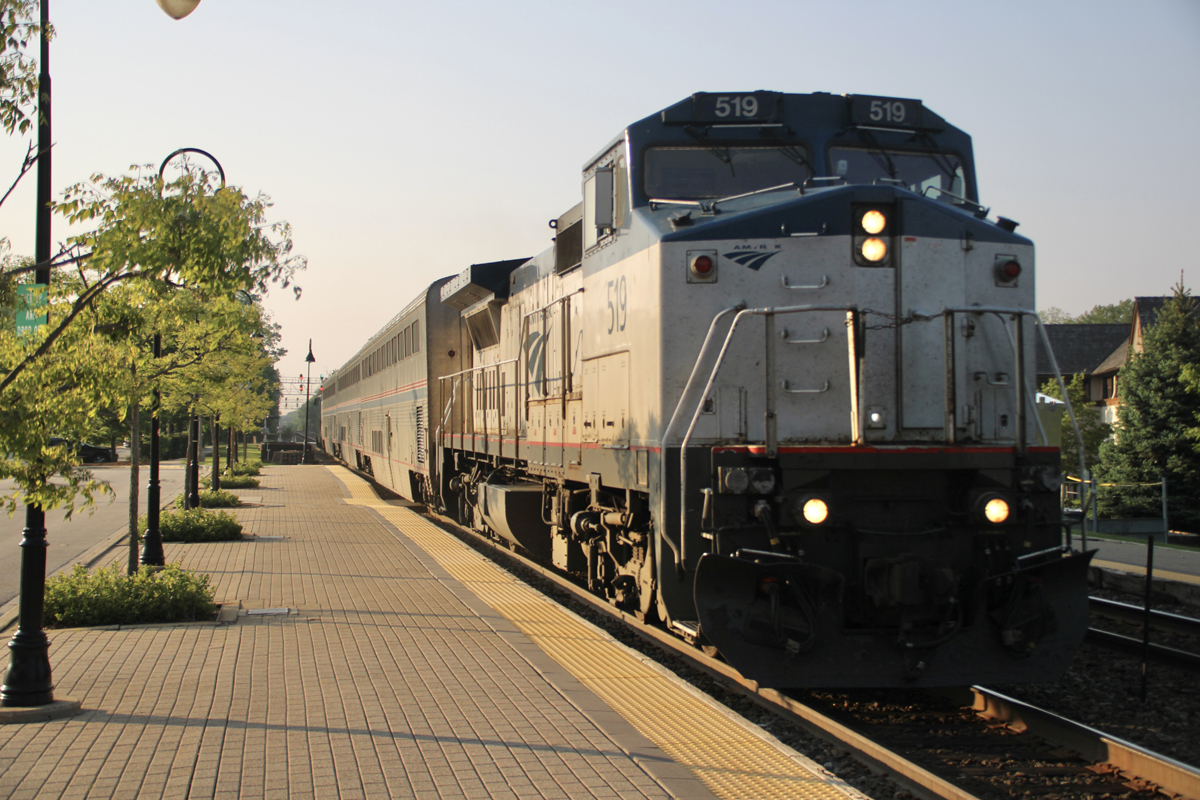
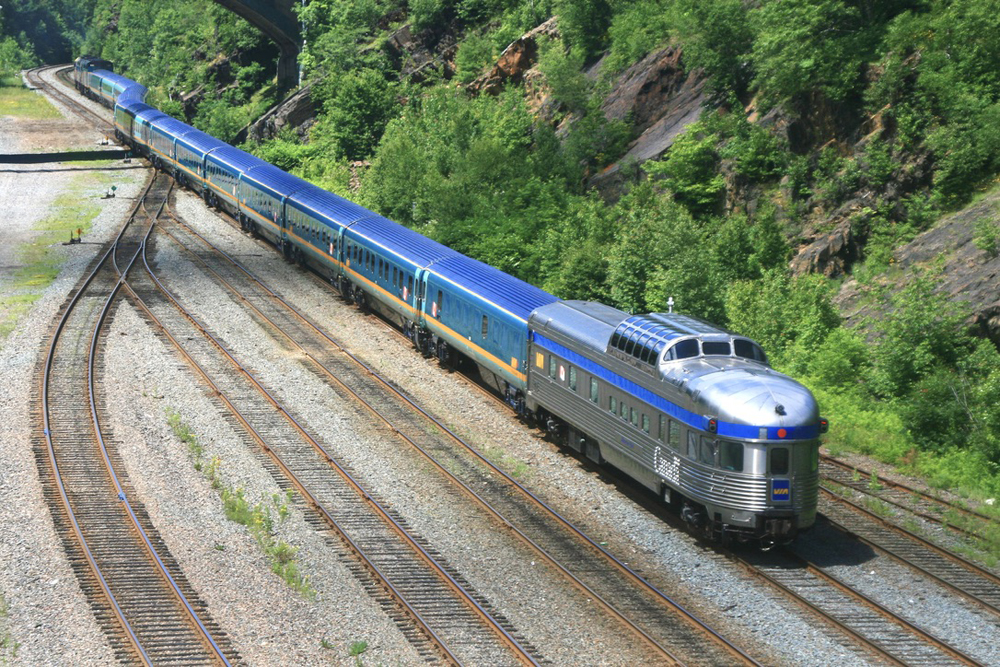

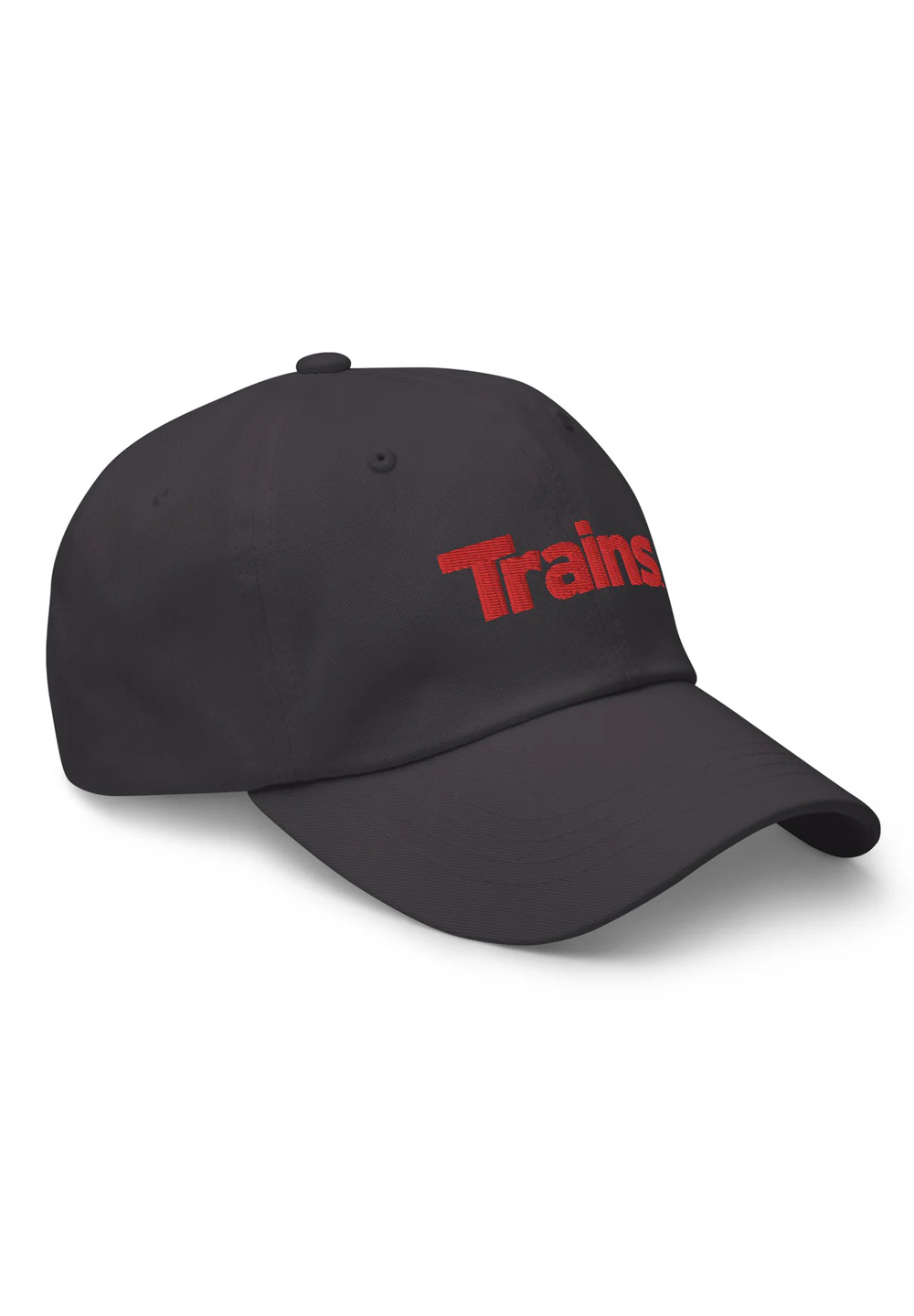

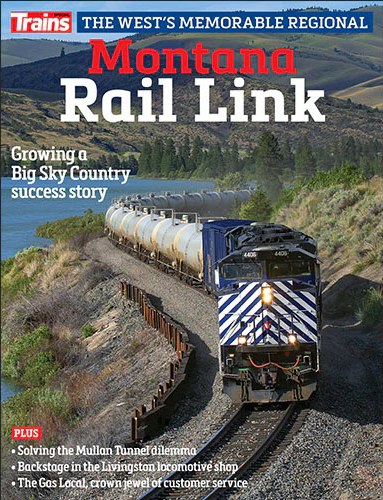
Practically speaking, why not a tunnel? Boats generally don’t run into a tunnel.
True but the cost of a new bridge is probably much cheaper that designing and installing a tunnel in this case. Also, the permits and environmental study for the new bridge are much less than a brand new tunnel–which would probably takes years to get all the final approval.
It would appear that swing bridges are rapidly going out of favor. Just another one being replaced by a lift bridge. It may be that swing bridges are less able to withstand heavy weather impinging on the swing structures.
By getting rid of that center pivot the Coast Guard and boaters both are much more pleased. Have to wonder if ships and boats had much narrower beams when these swing bridges were designed and built.
I have spent many hours on the Fort Madison railcam site. That’s a swing bridge (must be close to 100 years old) with obviously a central pivot. Though I haven’t personally seen it happen, this could allow for two-way barge traffic simultaneously, one to either side of the central island.
Swing bridges historically were simpler and cheaper to initially build, but over time they are harder to maintain. Unlike lift and bascule bridges they require more complex lift rail systems at the ends of the spans (since the rail on the swing span must be lifted to clear the rail on the fixed span.) These lift rail systems have become more complex over the years as train weights increased and in an effort to reduce costly daily maintenance. Swing bridges also have more complex live load bearing systems that must be driven to engage and disengage every time the bridge cycles. The combination of lift rails and live load bearings add an extra layer of moving parts that require maintenance compared to a lift or bascule bridges (they all have lifting and locking mechanisms.)
As for Charles’s comment, swing bridges are actually criticized because they require twice as much span to do the same job. There are a some instances where there is traffic under both halves of the swing span, but in most cases the shipping lane is only through one half of the span, and the other span is mostly there as a counterweight. (There are several swing spans that have unequal span lengths.)
There are other issues with swing bridges that will take more time to discuss, but long story short, these days lift and bascule bridges are the preferred option.
You mentioned the Coast guard, and they’re the real reason swing spans are being replaced with lift spans. The Coast Guard is in charge of all navigable waterways- even far inland. Take, for instance, the BNSF (ex-CB&Q) swing span over the Mississippi river in Burlington, IA. The Coast Guard was the entity pushing for its replacement with a lift span to provide a clear channel of navigation. Basically, they wanted to get the center pivot pier out of the channel. BNSF more than doubled the area under the bridge through which barges could sail. I suspect the same issue is in play here.
I wonder if the main span will be built off site and floated into place.
Remember that this huge replacement project work is expected to reach final completion in 2029.
Dr. Güntürk Üstün